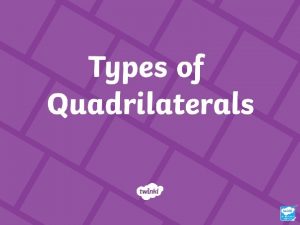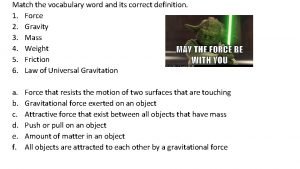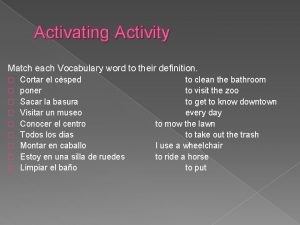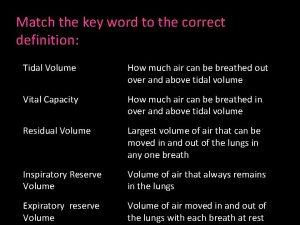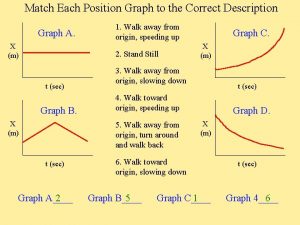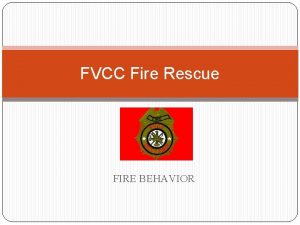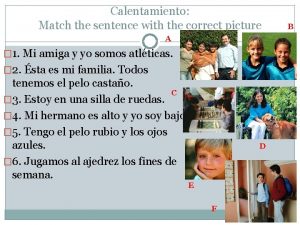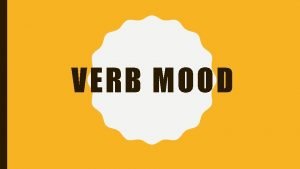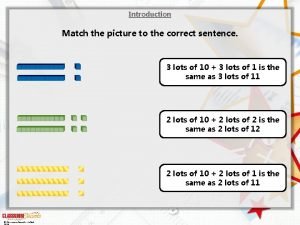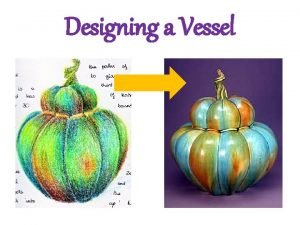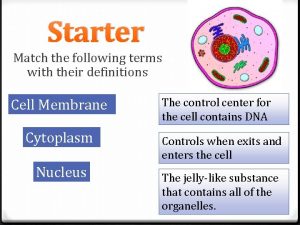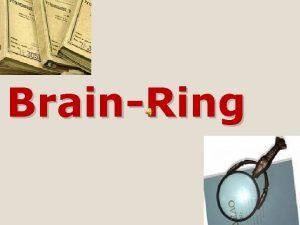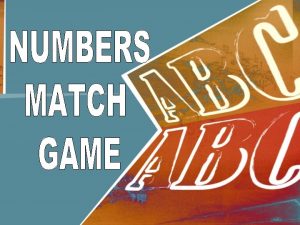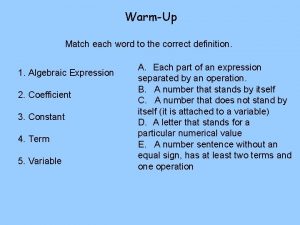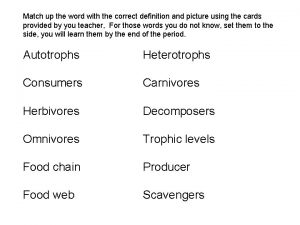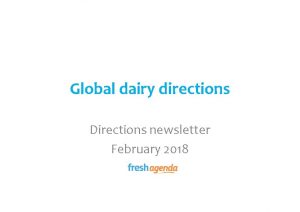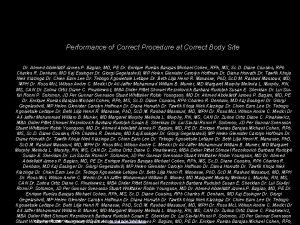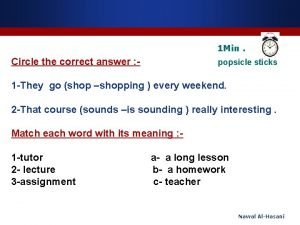Directions Match up the word with the correct



















- Slides: 19

Directions: Match up the word with the correct definition and picture using the cards provided by your teacher. For those words you do not know, set them to the side, you will learn them by the end of the period. Autotrophs Heterotrophs Consumers Carnivores Herbivores Decomposers Omnivores Trophic levels Food chain Producer Food web Scavengers

Autotrophs • A group of organisms that can use the energy in sunlight to convert water and carbon dioxide into Glucose (food). • Autotrophs are also called Producers because they produce all of the food that heterotrophs use. • Without autotrophs, there would be no life on this planet. • Ex. Plants and Algae

Autotrophs

Heterotrophs • Organisms that do not make their own food. • Another term for Heterotroph is Consumer because they consume other organisms in order to live. • Ex. Rabbits, Deer, Mushrooms

Types of Heterotrophs

Types of Heterotrophs Consumers Scavengers/Detritivores – feed on the tissue of dead organisms (both plants and animals). • Ex. – Vultures, Crows, and Shrimp

Types of Heterotrophs Consumers Herbivores – eat ONLY plants. • Ex. – Cows, Elephants, Giraffes

Types of Heterotrophs Consumers Carnivores – eat ONLY meat. • Ex. – Lions, Tigers, Sharks

Types of Heterotrophs Consumers Decomposers – absorb any dead material and break it down into simple nutrients or fertilizers. • Ex. – Bacteria and Mushrooms

Types of Heterotrophs Consumers Omnivores – eat BOTH plants and animals. • Ex. – Bears and Humans

Ecological Pyramid • An ecological pyramid models the relationship between consumers and producers at different trophic levels in an ecosystem.

Trophic Levels • Energy moves from one organism to another when it is eaten. • Each step in this transfer of energy is known as a trophic level. – The main trophic levels are producers, consumers, and decomposers.

Ecological Pyramid

Food Chains • The energy flow from one trophic level to the other is known as a food chain. • A food chain is simple and direct. • It involves one organism at each trophic level. – – Primary Consumers – eat autotrophs (producers). Secondary Consumers – eat the primary consumers. Tertiary Consumers – eat the secondary consumers. Decomposers – bacteria and fungi that break down dead organisms and recycle the material back into the environment.

Food Chain

Food Web • Most organisms eat more than JUST one organism. • When more organisms are involved, it is known as a FOOD WEB. • Food webs are more complex and involve many organisms.

Food Web • The arrow points in the direction of the energy transfer, NOT “what ate what”.


Directions: Match up the word with the correct definition and picture, using the cards provided by you teacher. Autotrophs Heterotrophs Consumers Carnivores Herbivores Decomposers Omnivore Scavenger Producer Detritivore Predator Prey
 Match each word to its correct meaning
Match each word to its correct meaning Match the term to its correct description.
Match the term to its correct description. Match each vocabulary word with its definition
Match each vocabulary word with its definition Match the words with the correct definition
Match the words with the correct definition Match the correct meaning
Match the correct meaning Match the festival with the correct picture
Match the festival with the correct picture Match each graph with the correct description.
Match each graph with the correct description. Match the correct type of fire to the appropriate class
Match the correct type of fire to the appropriate class Match each sentence to the correct sentence type
Match each sentence to the correct sentence type Match the sentences with the correct picture.
Match the sentences with the correct picture. Match the following terms with the correct definitions
Match the following terms with the correct definitions Match the mood with the correct phrase.
Match the mood with the correct phrase. Match the wave term to its correct description.
Match the wave term to its correct description. Match the picture with the correct sentence
Match the picture with the correct sentence Match each sentence to the suitable picture
Match each sentence to the suitable picture Match the correct meaning
Match the correct meaning Etvx model example
Etvx model example Match the following terms to their definitions.
Match the following terms to their definitions. Match the word with its definition
Match the word with its definition Task 1 match the words
Task 1 match the words
